HH-3E Jolly Green Giant: The Big Green Angel
April 8th, 2023
7 minute read
The United States Air Force is typically associated with fast-moving jets and not amphibious helicopters. However, the Sikorsky HH-3Es were developed to rescue downed pilots — often behind enemy lines. Known affectionately as the Jolly Green Giant, these helos were a version of the Sikorsky S-61 that served in Southeast Asia, Desert Storm, Urgent Fury and Just Cause before retirement. Former U.S. Army aviator Will Dabbs takes a look at the Air Force’s Green Angels.
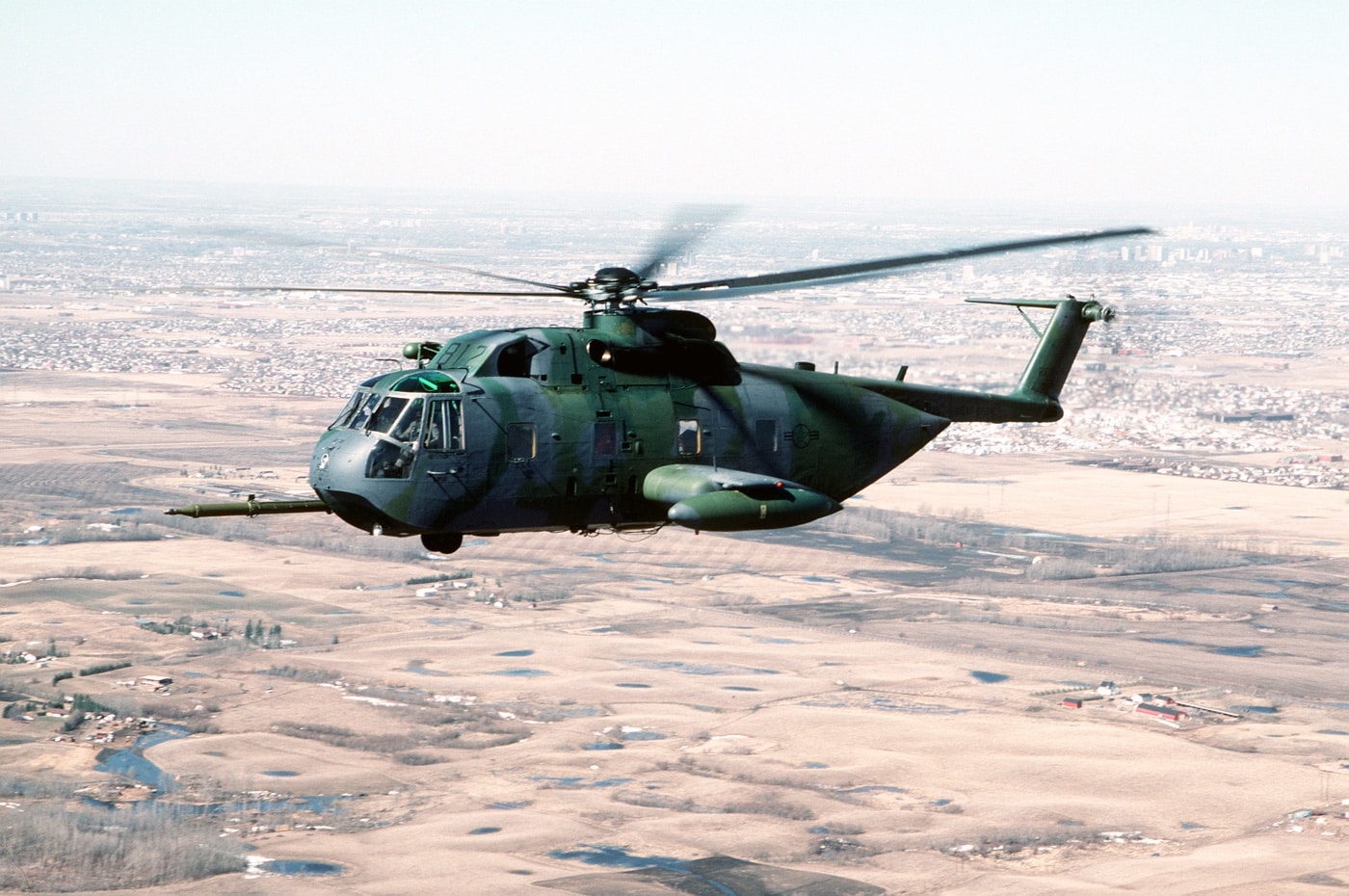
I first met several HH-3E helicopters parked out of the way at Cairns Army Airfield at Fort Rucker, Alabama, back in the 1990s. By then, the Air Force was tiring of the machines and had little further need of them.
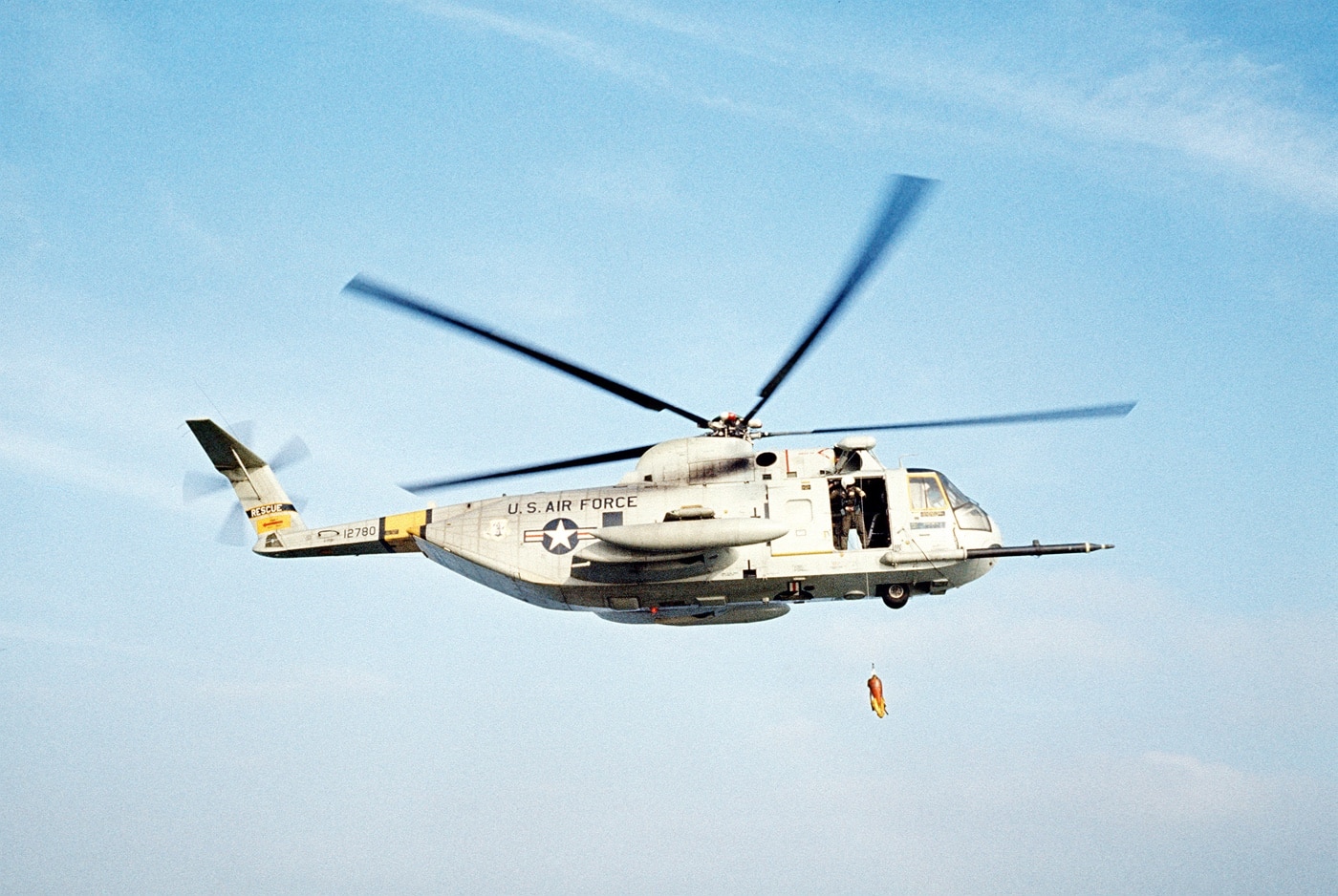
Somebody realized that the things looked a little bit like Russian Mi-24 Hind attack helicopters and planned on converting them into threat training aircraft. With a couple of fake weapons pylons and a little window dressing, these old Jolly Greens might pass for Soviet gunships in dim light. Apparently, that plan fell through, but it did give me a chance to see how the other half lived.
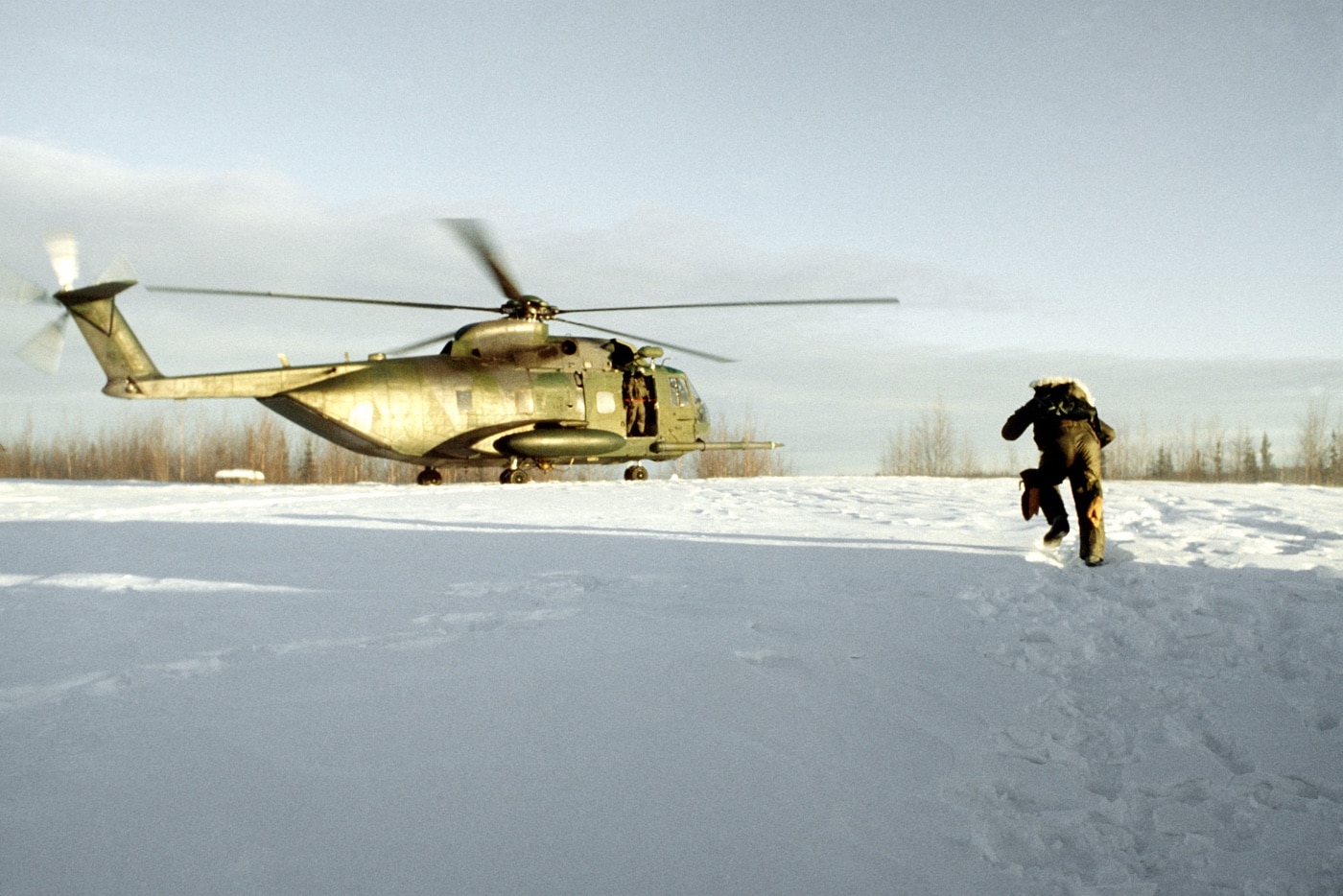
The Sikorsky HH-3E Jolly Green Giant was a fairly large aircraft with an ample cargo compartment, but it was no standard transport helicopter. It also included a built-in coffee pot. I was an Army pilot. Army aircraft never had coffee pots. That was an Air Force aviation thing.
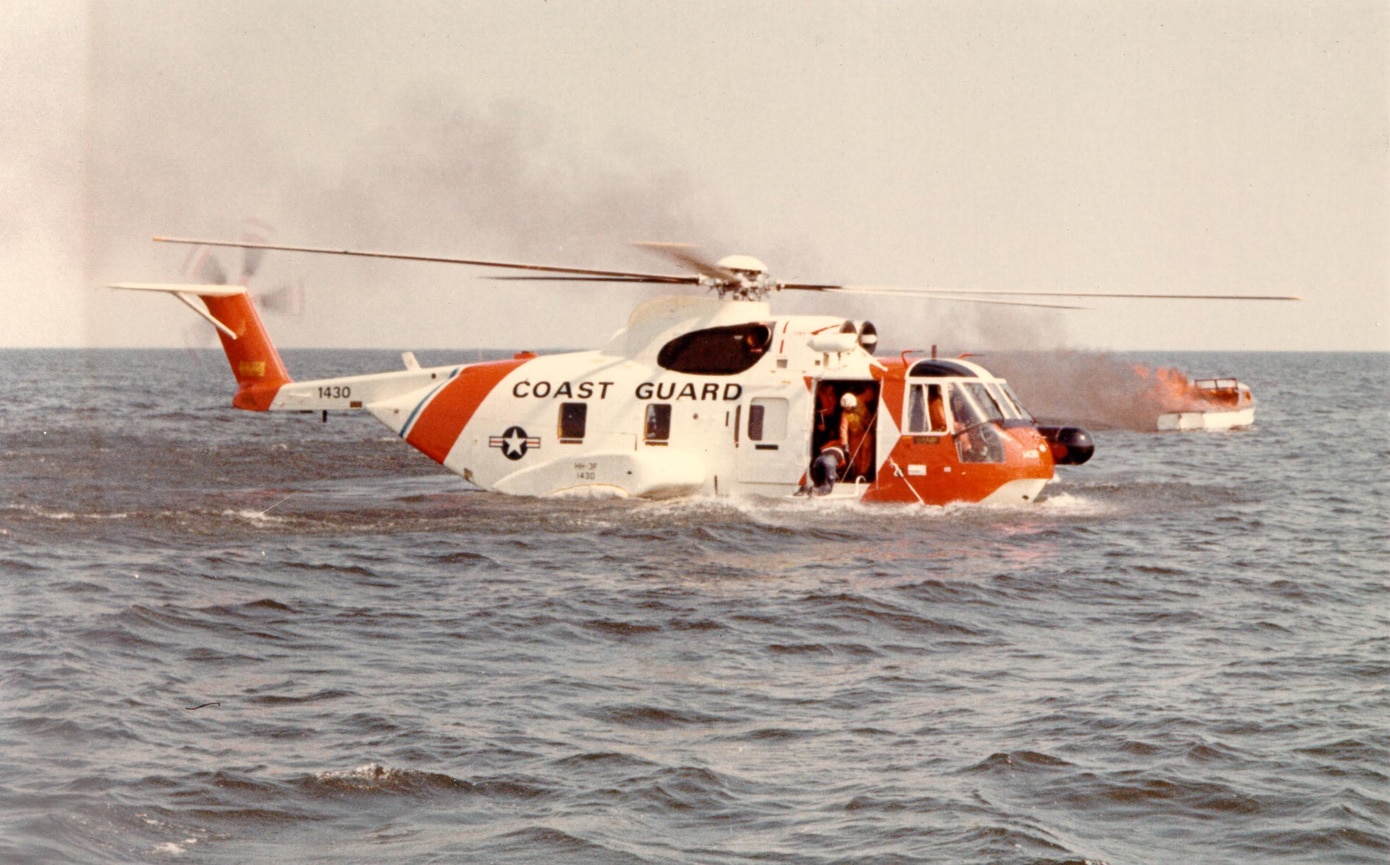
Sikorsky first designated this aircraft the S-61 Sea King. The U.S. Coast Guard called the Sikorsky S-61 the Pelican. The Air Force referred to the machine as the Jolly Green Giant. For U.S.A.F. aircrews shot down over hostile territory during the war in Vietnam, the HH-3E was a big green angel.
Origin Story
Sikorsky developed the turbine-powered S-61 in 1957 to replace the piston-driven H-34. The original mission was antisubmarine duties for the U.S. Navy. In 1960 the design was upgraded to include a rear loading ramp and a sealed fuselage capable of water landings. The fully-amphibious Sea King was subsequently submitted to the Marine Corps as an assault and utility aircraft.
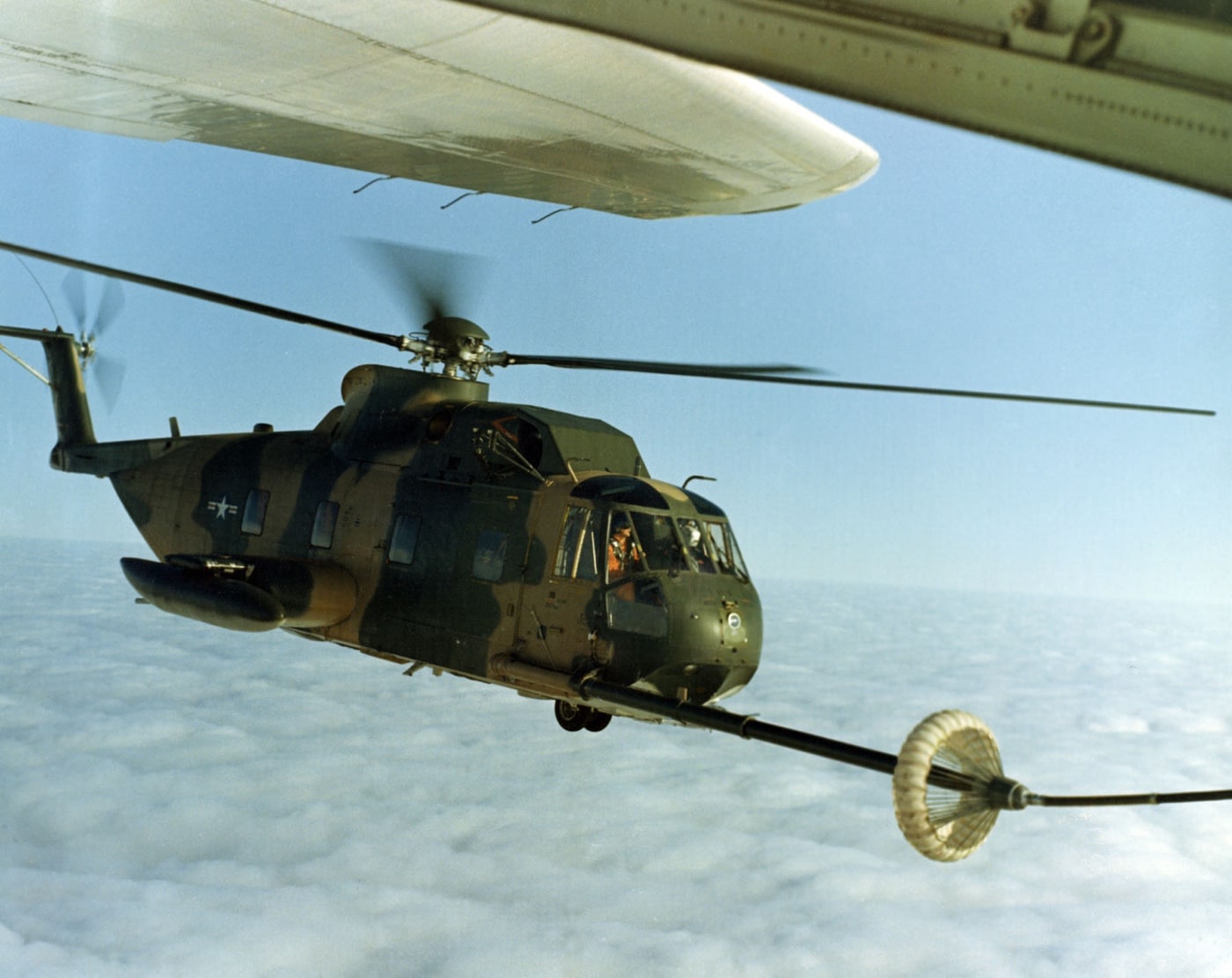
The Marines eventually selected the twin-rotor Boeing BV-107 that became the CH-46 Sea Knight. The Jarheads I flew with back in the day called these aircraft Phrogs for some reason. However, the Air Force saw the potential to recover downed pilots in the S-61 and bought 50 of the aircraft for Combat Search and Rescue (CSAR) in the jungles of Vietnam.
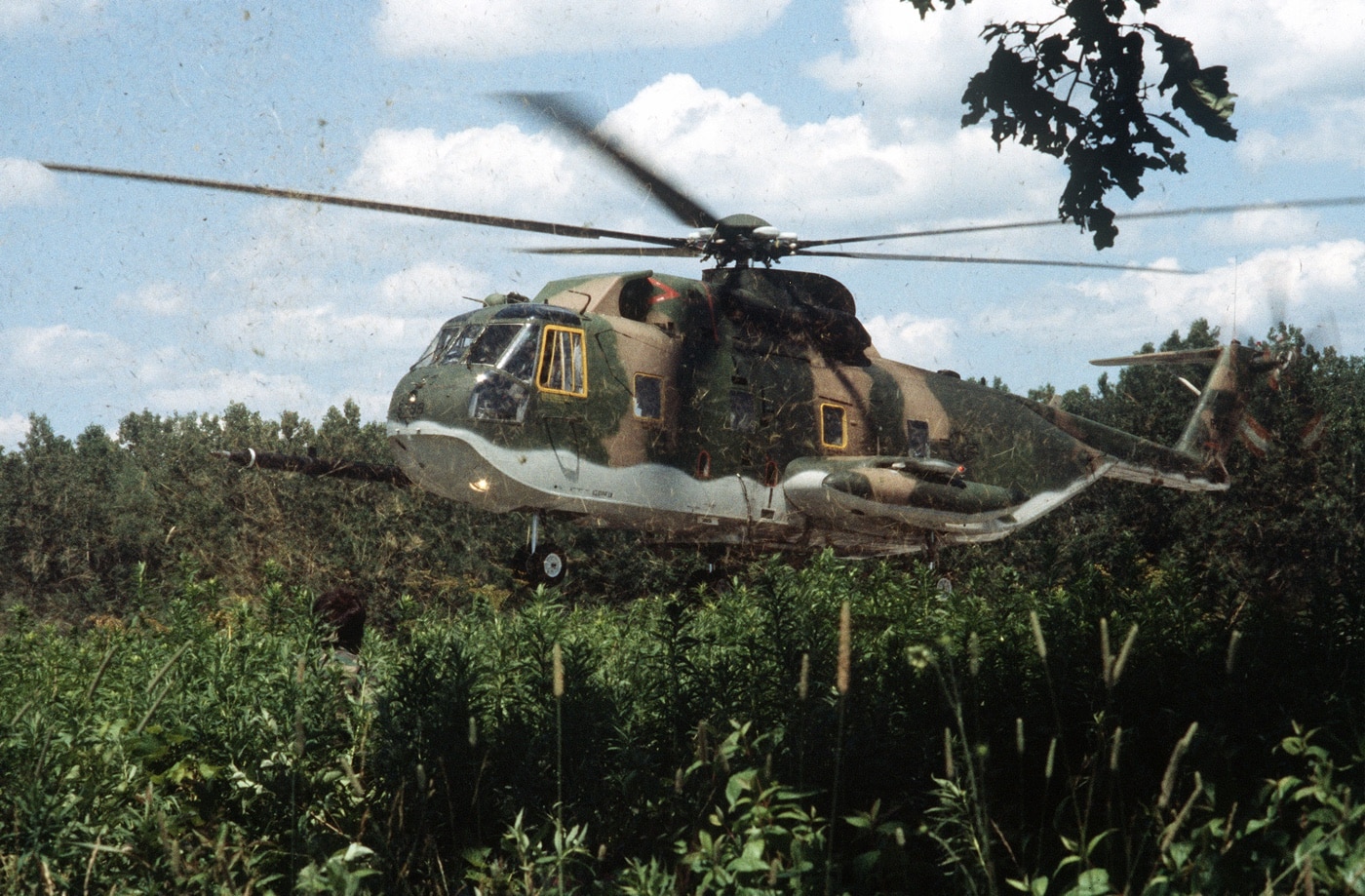
Their definitive model was the HH-3E featuring protective armor, self-sealing fuel tanks, a high-speed rescue hoist, jettisonable external fuel tanks, and a retractable refueling probe for in-flight tank topping.
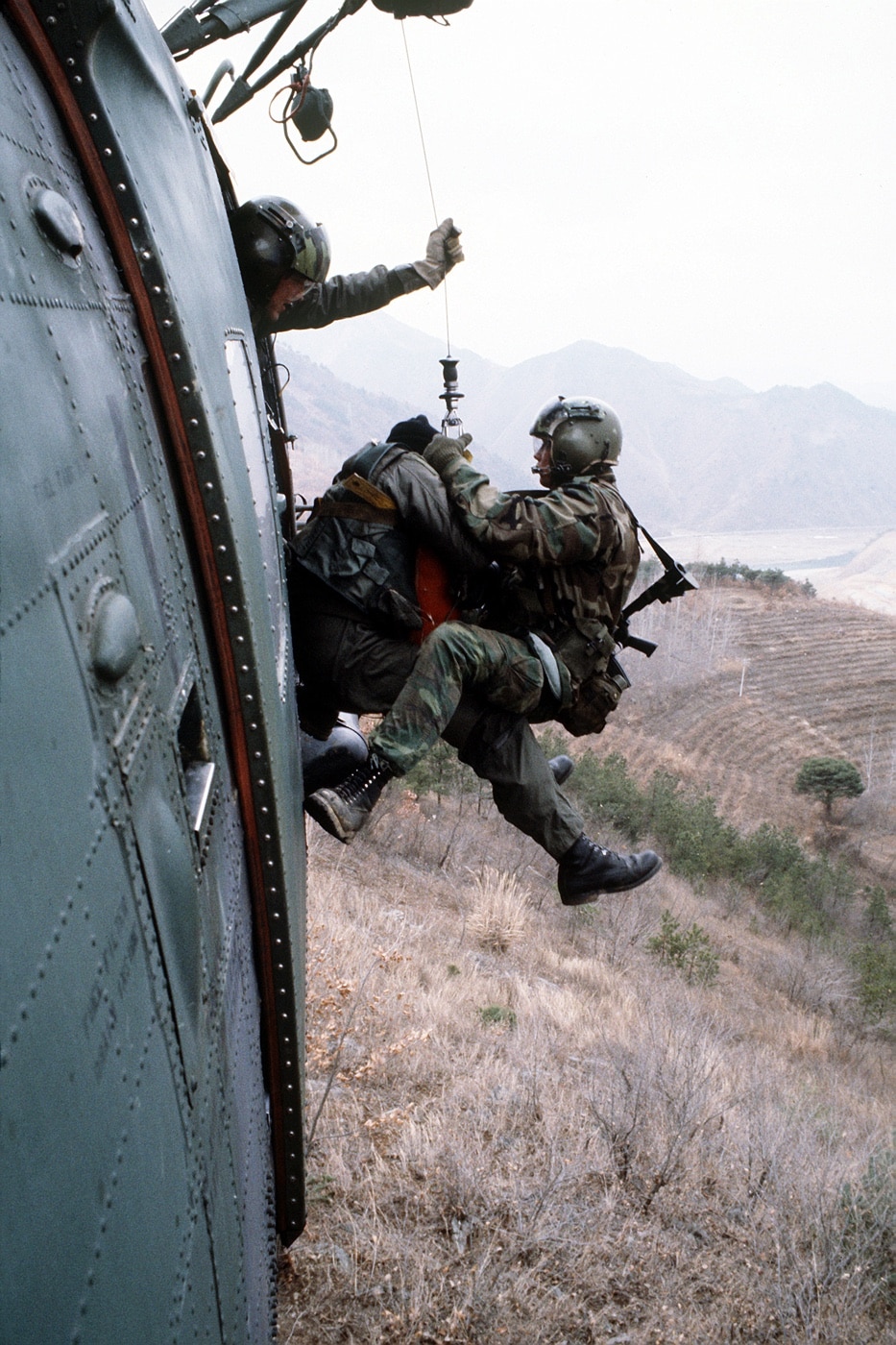
The Air Force HH-3E sported a maximum takeoff weight of 22,050 pounds and two GE T58-GE-10 turboshaft engines each producing 1,400 shaft horsepower. Maximum speed was listed as 143 knots, or 164 miles per hour. The overall length was 73 feet, and the aircraft carried a crew of at least three and more often four. Maximum hauling capacity was 28 passengers or 6,500 pounds.
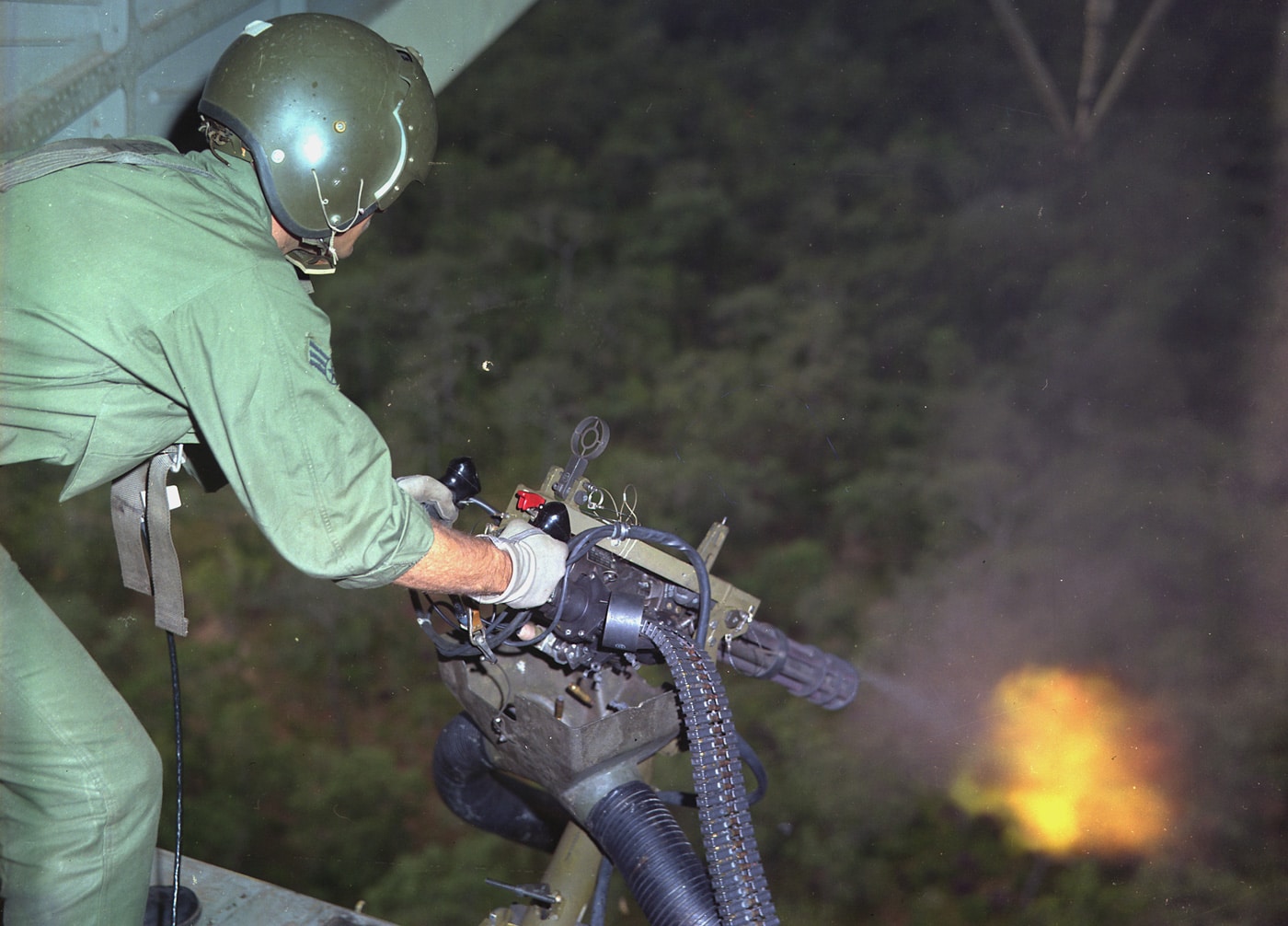
Jolly Greens used in combat typically sported a defensive armament that included an M-60 machine gun or an M-134 minigun mounted on each side for close-in defensive use, along with a third gun in a stinger mount on the aft ramp. The standard ammunition load for these M-60s was either a 200-round ammo box on the gun or a larger 750-round container affixed to the armored floor.
Operational Experience
I have a friend I met as a patient through my medical clinic. He lives right down the road from me. He doesn’t look much different from any other typical retiree. However, during the Vietnam War, he earned the Silver Star as a Jolly Green Giant pilot. While most military aviators have it as their mission to kill people and break things or at least support others who do, this man did something else. His sole professional raison d’etre was to save lives in the face of enemy fire.
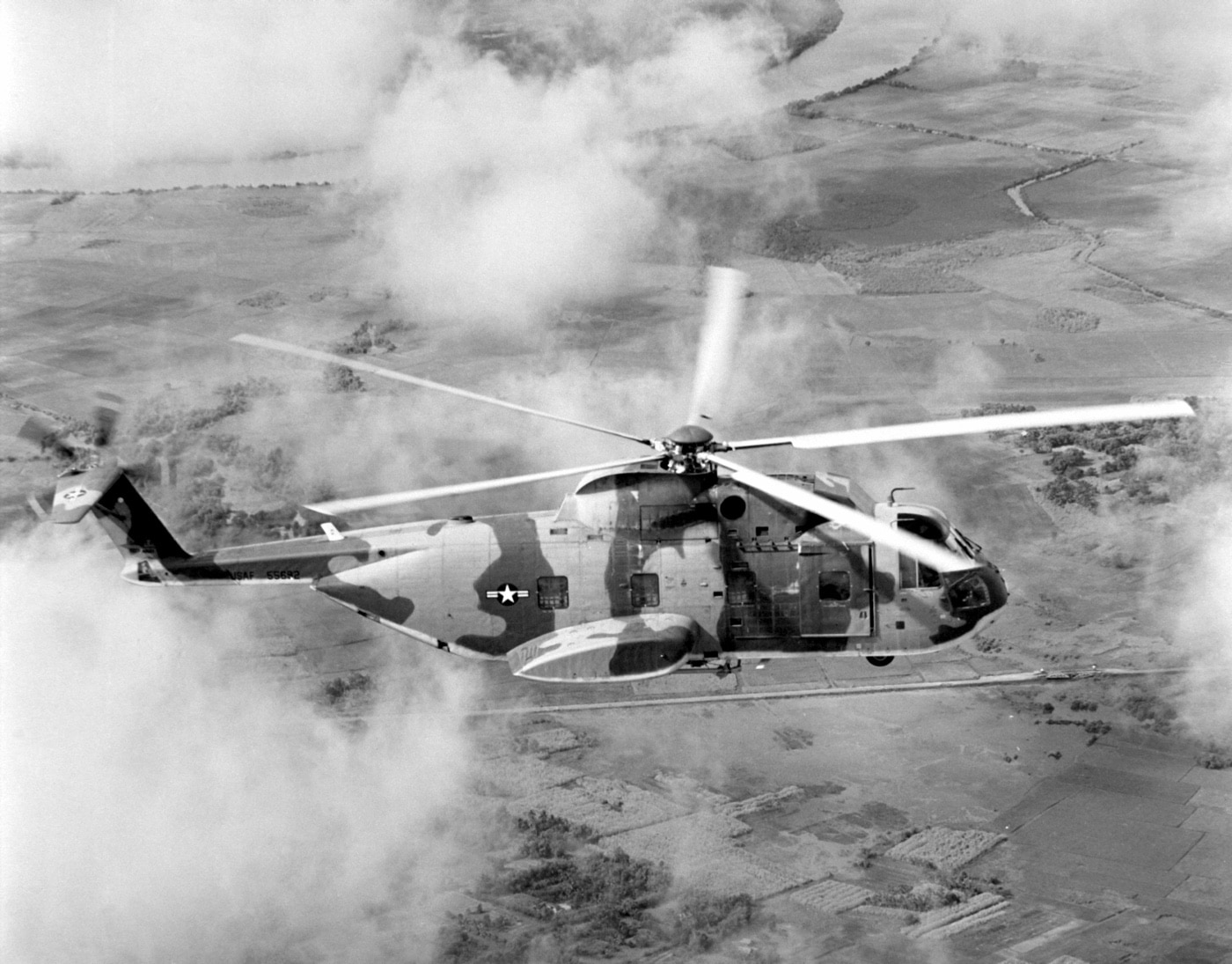
The watertight hull facilitated ocean rescues, while the rescue hoist could be equipped with a jungle penetrator to retrieve downed aircrew in rugged terrain. The aft ramp made ingress and egress fast. The refueling probe allowed the aircraft to remain on station long after more conventional helicopters would have gotten thirsty and gone home. In 1967, a pair of USAF HH-3E aircraft set a non-stop long-distance helicopter record by flying from New York to Paris utilizing aerial fueling for the long trans-Atlantic flight.
Rescue and recovery squadrons of the USAF HH-3Es were used extensively in Vietnam. Jolly Greens operating in Vietnam were based out of Udorn Air Base in Thailand and Da Nang Air Base in South Vietnam. Their air-to-air refueling capability allowed these machines to range anywhere in the Southeast Asia theater. HH-3E aircraft also took part in the attempt to rescue U.S. POWs from Son Tay in 1970.
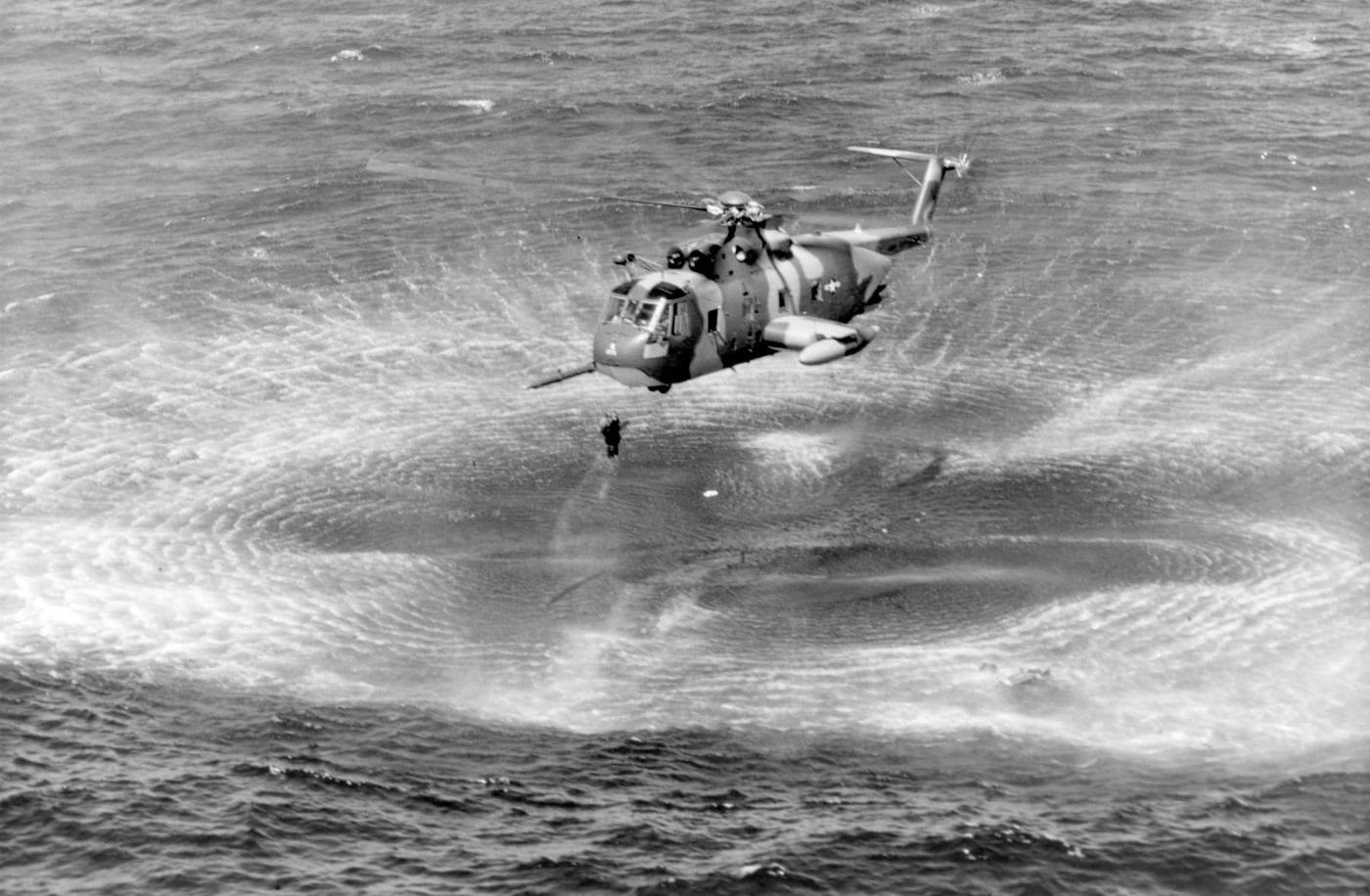
A typical CSAR package used in Vietnam orbited around the HH-3E but also included the A-1 Skyraider, called the Spad by those who worked with it, and ample fast mover support in the form of F-4s, F-100s, F-105s, and similar strike aircraft. Such rarefied stuff as AC-130 Spectre gunships were frequently utilized as well.
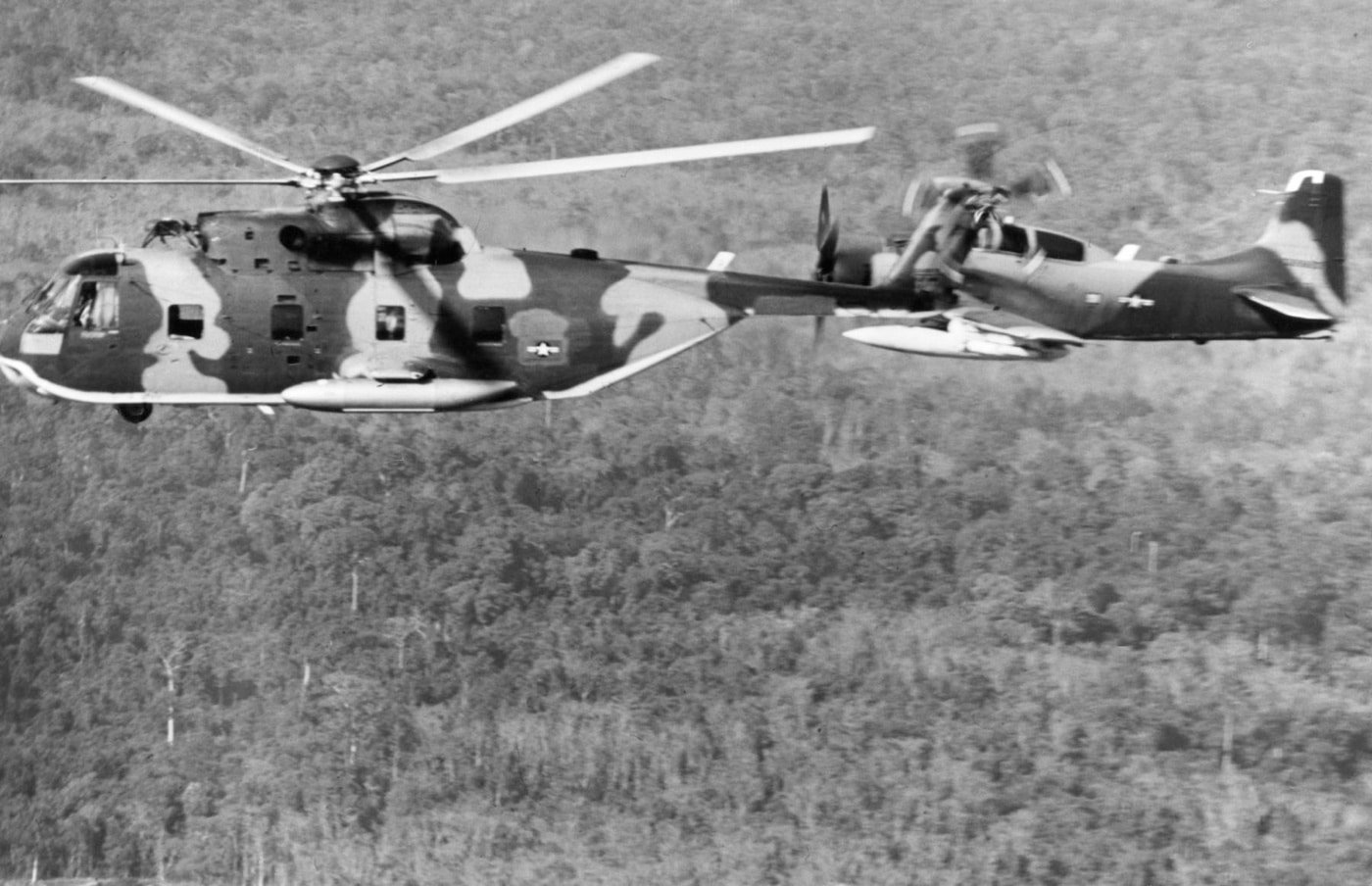
The A-1 was a WWII-vintage piston-driven design, but its archaic powerplant meant that it carried huge amounts of ordnance and was capable of extended loiter times. The fact that it was relatively slow also meant that the Spads could place their ordnance more precisely and in closer proximity to friendlies than might be the case with faster, sexier machines.
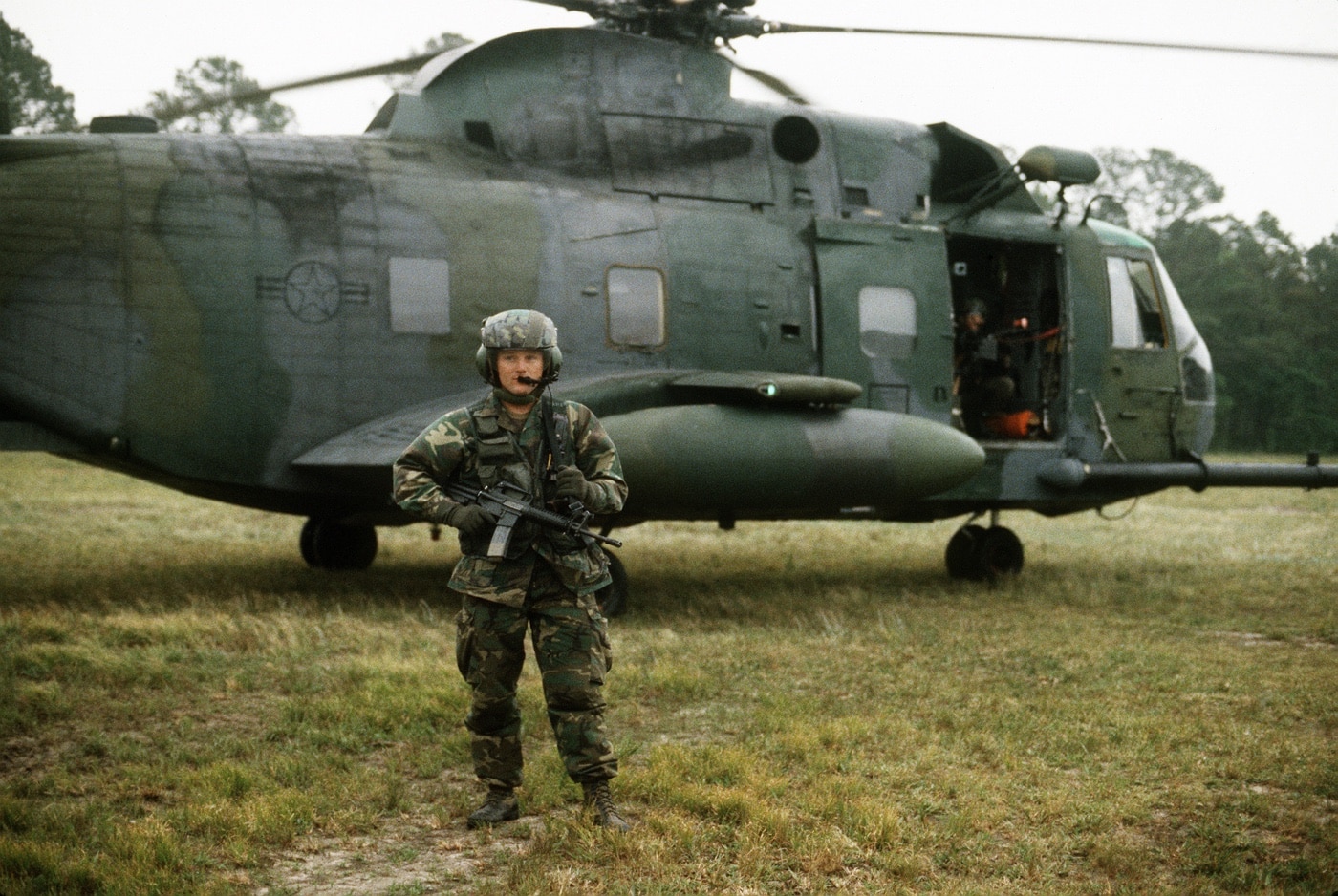
I couldn’t find any statistics on the number of downed Allied aircrew specifically saved by the Jolly Green Giants in Vietnam. However, 3,883 Allied lives were saved by all rescue and recovery operations. By the war’s end, Jolly Green crews had earned one Medal of Honor, twenty-four Air Force Crosses and 190 Silver Stars. That record speaks for itself. The HH-3E pulled CSAR support during Operation Desert Storm and was eventually fully retired in 1995. This uniquely challenging mission of United States air rescue is supported by MV-22 Osprey tilt-rotor aircraft today.
Ruminations
Nobody does war like Uncle Sam. Our weapons are without technological peer, while our combat training sets the world standard. Most of that is because, as a nation, we are really, really rich. However, it also reflects a certain unique ethos. If we send our young warriors into harm’s way, they do so secure in the knowledge that we will move heaven and earth to get them back home should something go wrong. In the Vietnam War, this meant the HH-3E Jolly Green Giant.
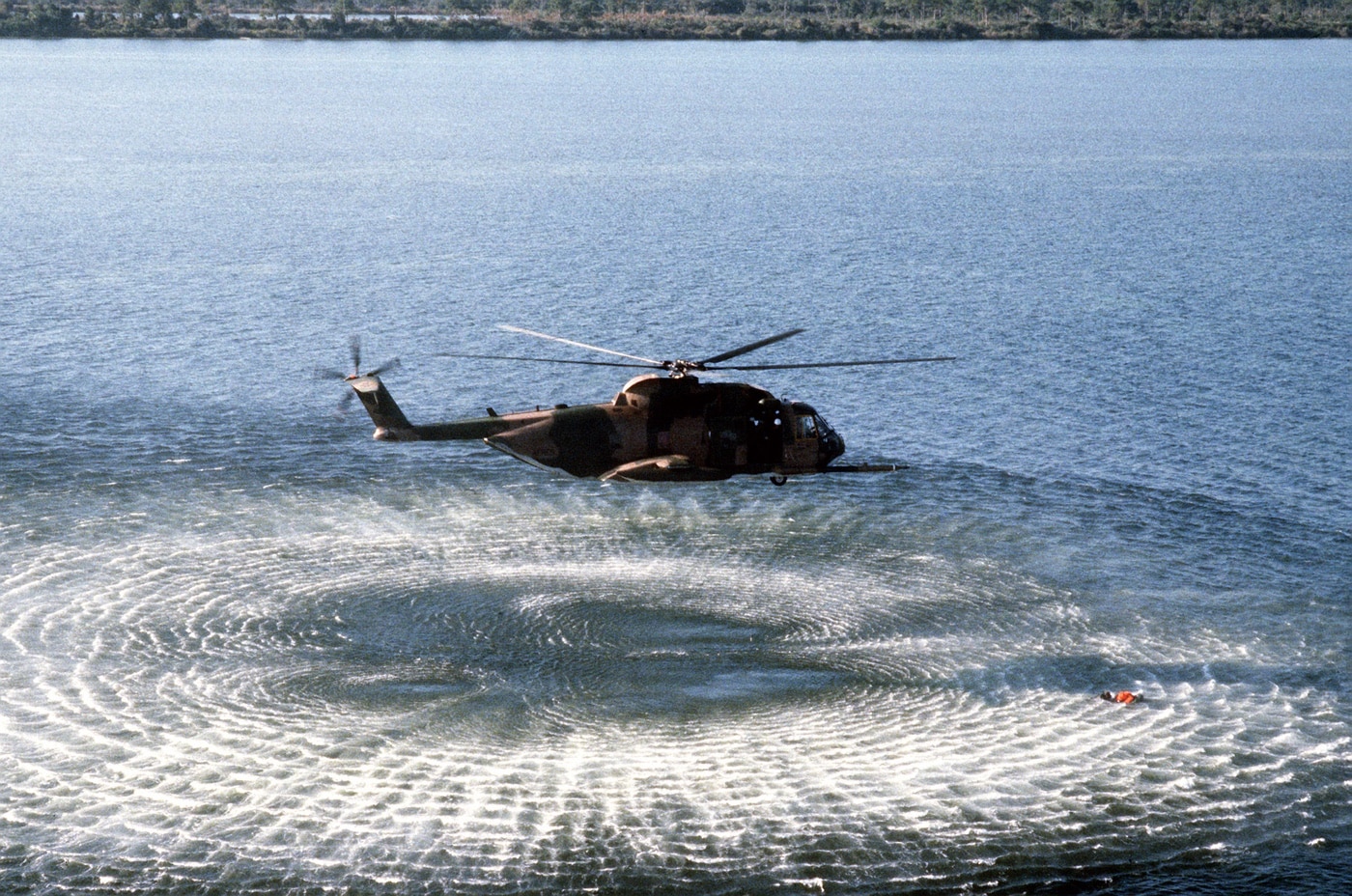
Many an F-105 Thud driver shot down on combat missions over North Vietnam huddled in the jungle lost, terrified and alone. As they clung to their PRC-90 survival radio as their only link to safety, freedom and life, the rhythmic throbbing of the incoming Jolly Green Giant was pure music. The HH-3E Jolly Green Giant was a high-tech life-saving war machine.
Editor’s Note: Please be sure to check out The Armory Life Forum, where you can comment about our daily articles, as well as just talk guns and gear. Click the “Go To Forum Thread” link below to jump in and discuss this article and much more!
Join the Discussion
Continue Reading
Did you enjoy this article?

 452
452








